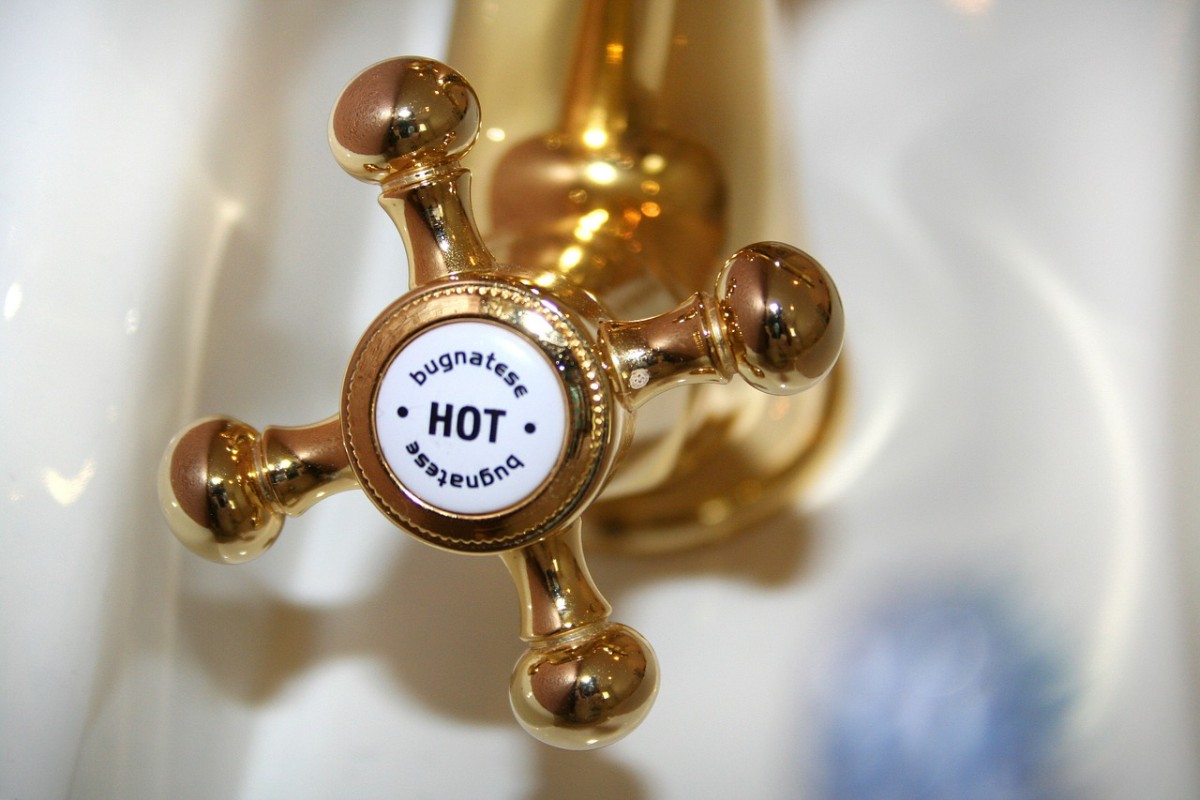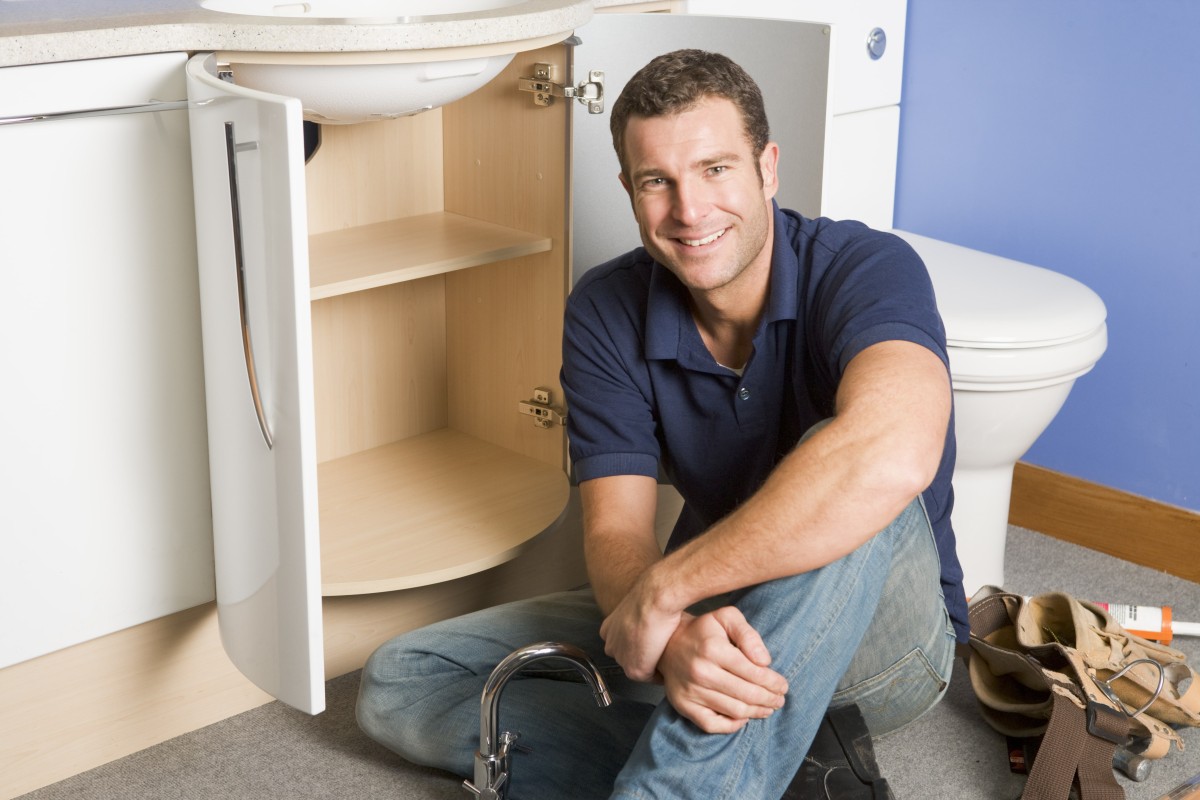In cold weather conditions, when temperature goes down. Hot water systems come to the rescue. Hot water is used for varied range of domestic use. For the continues flow of hot water that too at the perfect temperature one needs to understand how the hot water flow system works. The heat transfer mechanism varies greatly depending on, the type of hot water system that is installed. In this article from plumber Mississauga we will be discussing about some of the common types of geyser.
Pressure type geysers
The pressure is generated by the overhead tank. This pressure is used to channel the water to the various outlets. There is continuous inflow of cold water and outflow of hot water. That way at no point the electric heating element is vacant. Thus this eliminates the possibility of burning out of the component. The installation part is very crucial as, it decides how well the geyser will handle the pressure.
Non-Pressure type geysers
This geyser remains full of water, a thermostat is installed. It has a single outlet which dispatches hot water, when the valve of the cold water is open.
Instantaneous type of geyser
In this system, an heating element is wound around a pipe. The drawback of this system is, if the water is hard water, there is formation of scales. These depositions of scale choke the pipe, thus decreasing the pressure flow.
Safety devices to be installed in the geysers
There is lots of multiple pressure variations and heat transfer in a geyser, which means it works under multiple temperature range. So as an safety measure offered by plumber Toronto, one has to select the best of the construction material which can handle the fluctuating temperature and pressure change. Also, the geyser has to be installed with temperature and pressure relief valves. A vacuum breaker is to be installed so as to provide it with negative pressure.
The geysers come in various capacities, so before investing in buying a geyser. One has to calculate the estimate daily requirement of hot water. And then accordingly with a considerable upper and lower limit, the geyser with the required capacity has to be brought. Also it has to be kept in mind, the hot water requirement varies greatly with occasions, and thus the upper limit has to be set accordingly. Instead of installing multiple geysers at various points in the house, it is also advisable to adopt the new system of Centralized –hot water system. In this system, peak hot water demand is fulfilled. It is also economical, it avoids overloading of power and maintenance and fuel cost is also pocket friendly.
When it comes to house hold appliances, Geyser tops the list of one of the most expensive and highly required machines. So, one has to take every care that while selecting one, the investment is made wisely. No compromise with the quality, safety and the capacity of the geyser is to be made. Also, one has to take care of the fact that. Over spending unnecessarily is to be avoided.

